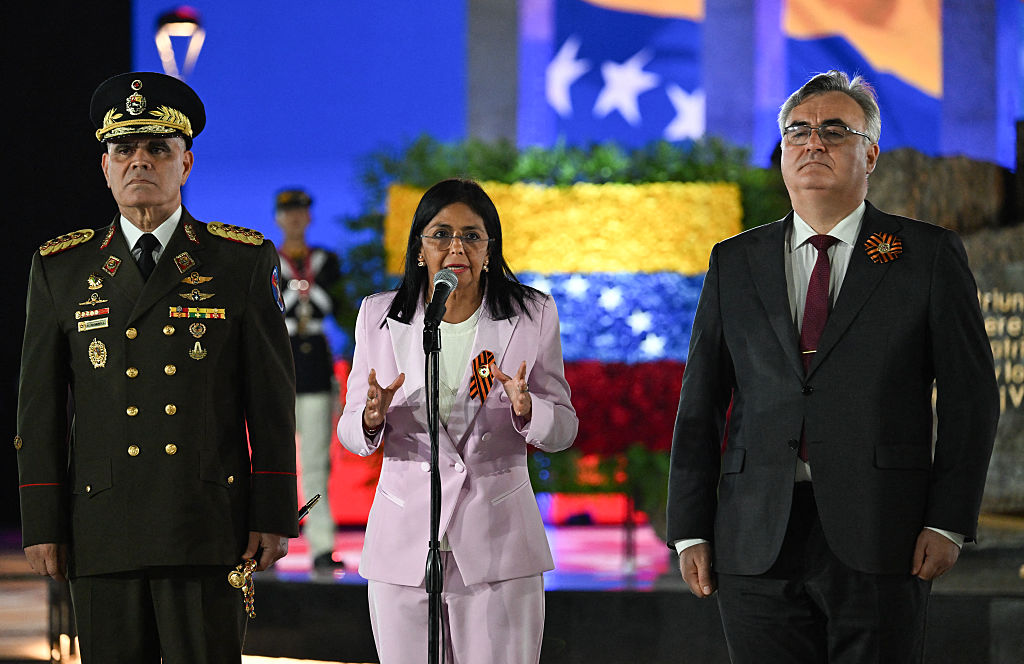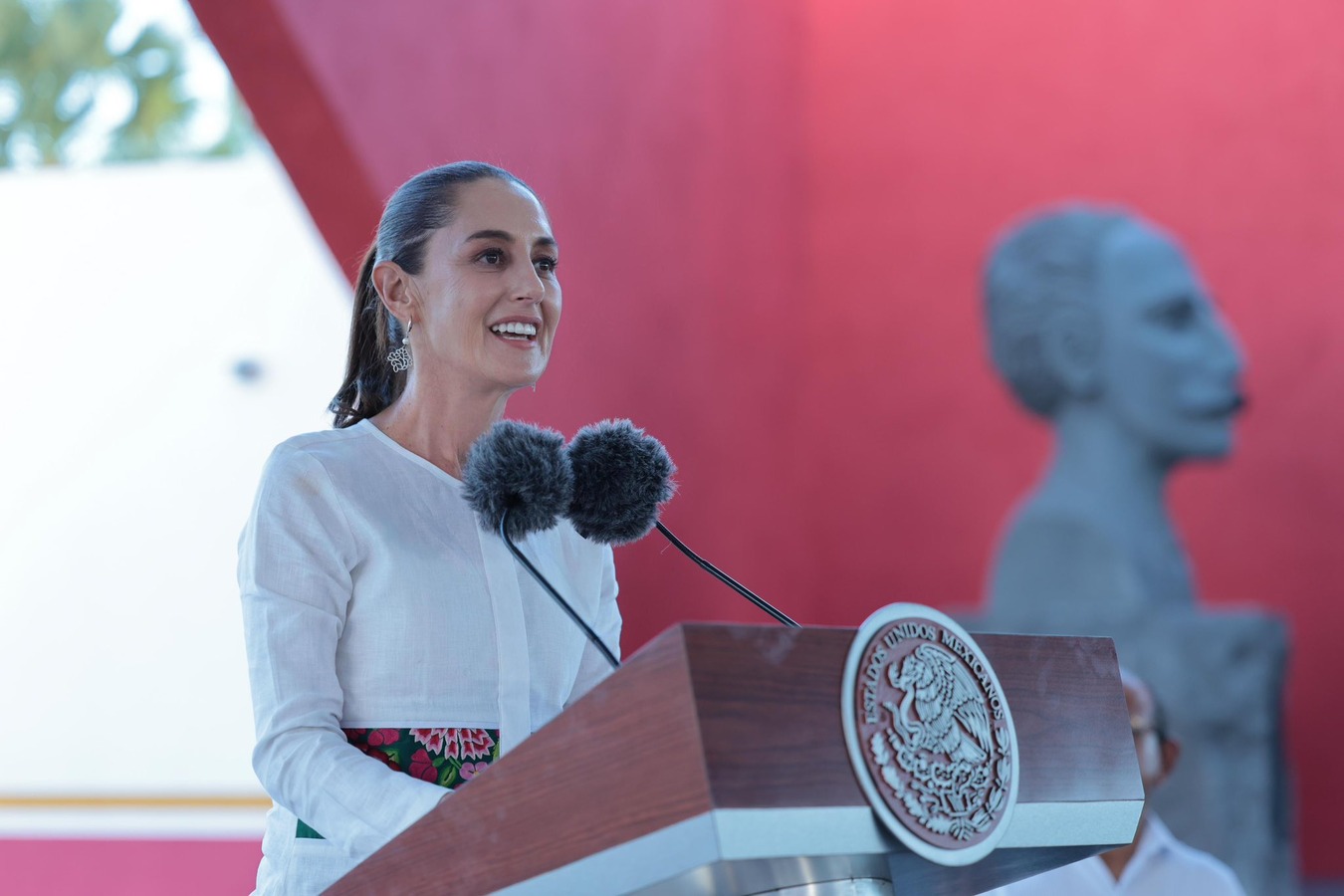What’s Next for Mexico? Challenges and Prospects for Security, Tourism, and the Economy
What’s Next for Mexico? Challenges and Prospects for Security, Tourism, and the Economy
This AS/COA Miami panel offers insights into how the economic crisis offers Mexico a chance to effect positive policy changes. Mexican Ambassador to the U.S. Arturo Sarukhan was a keynote speaker.
Speakers:
- Arturo Sarukhan, Mexican Ambassador to the United Status
- Adolfo del Cueto, Managing Partner, Bulltick Capital Markets
- Oscar Fitch, Chief Executive Officer, Mexico Tourism Board
- David Robillard, Managing Director, Kroll of Mexico
- Alejandro Alvarado, Adjunct Professor, Florida International University (Moderator)
SummaryOn October 1, 2009 the Americas Society and Council of the Americas, together with Mayor Manny Diaz and the City of Miami, hosted a public discussion on Mexico’s future. Discussion focused on tourism, the economy, security, and the country’s strategic relationship with the United States.
The Evolving U.S-Mexican Relationship
Mexican Ambassador Arturo Sarukhan began his keynote remarks by recalling Alan Riding’s 1989 work Distant Neighbors: A Portrait of the Mexicans. He acknowledged that the bilateral relationship remains distant on several fronts, but also emphasized its evolution. The ambassador provided concrete examples of ways the countries collaborate and cases where they straddle middle ground.
First, the ambassador spoke of the North American Free Trade Agreement (NAFTA) as “a success story” in which the two countries work strategically to boost their economies. Acknowledging that the trade agreement is not the panacea originally hoped for in 1994, Sarukhan focused on some of the benefits NAFTA has brought, such as creating jobs and fighting poverty. Second, he cited the fight against organized crime as an issue where the bilateral relationship falls somewhere in between distant neighbors and strategic partners. While the Obama administration has accepted co-responsibility in security matters, the ambassador stressed that Washington must do more to stop the southern flow of weapons and bulk cash, which helps the cartels bribe and kill. The third topic raised was immigration. He described the matter as the most crucial to the future economic health of both countries, but stressed that the two remain diverse when it comes to priorities.
The ambassador also outlined five strategic drivers of the U.S.-Mexico relationship: border security, modern border infrastructure, prosperity, green technology, and regional/global cooperation. On the last topic, Mexico’s seat on the UN Security Council has provided opportunities to work with the United States on issues of global importance. As for border infrastructure, plans are underway for a high-speed rail connecting the states of Nuevo Leon in Mexico and Texas in the United States. In the case of green technology, U.S. Secretary of State Hillary Clinton made a stop in Monterrey on her last visit to Mexico. There she visited the cutting edge turbines that run the entire metro system and public lighting in the city—representing a model of clean, cheap technology. The two countries have much to learn from each other’s efforts and prospects are good for a continued positive relationship.
Crisis as an Opportunity to Rebuild
A panel discussion focusing on tourism, security, and the economy followed the ambassador’s recent remarks. FIU’s Alejandro Alvarado opened the discussion by saying moments of crisis gave Mexico a chance to reassess priorities and effect positive policy changes.
Oscar Fitch of the Mexico Tourism Board echoed the point saying the tourism industry experienced “a perfect storm” this year and is now in the process of re-branding Mexico. The Mexican tourism industry has struggled this year as a result of the economic crisis slowing the flow of American tourists, the H1N1 virus scare, and the ongoing security problems publicized across the globe. A new campaign called “Viva Mexico” aims to reframe the country’s destinations to attract both international and domestic tourism. As in any country, Fitch added, tourists must go to safe places.
Strong Prospects for the Economy
Focusing on the security situation, Kroll’s David Robillard stressed that the media seem to portray problems across the board in Mexico, but there are many cities with a crime rate lower than in the United States. Moreover, Mexican safe havens certainly exist for investment. Robillard forecast that domestic investment will be affected more than foreign investment and gave the example that, at the peak of violence in May 2008, foreign direct investment reached $1.3 billion.
Adolfo del Cueto of Bulltick Capital Markets seconded positive remarks regarding Mexico’s economy. Bulltick’s estimate for the contraction is closer to 4.5 percent than the original estimate of 7 percent. In the medium term, U.S. consumption poses a challenge. Long-term success in Mexico involves the development of capital markets, giving incentive for Mexican companies to become public and opening the door to opportunities for medium-sized companies.
But lack of political continuity stands as a major obstacle for Mexico’s economic stability, said Robillard. He expressed concern that Mexico’s future is at the mercy of a change in administration, and that a lame-duck presidency hinders enforcement of the strong fiscal policies needed to ensure future stability. Del Cueto agreed, adding that the next three years will be crucial for Mexico as security efforts bear fruit and the U.S. economy recovers from recent strains.








